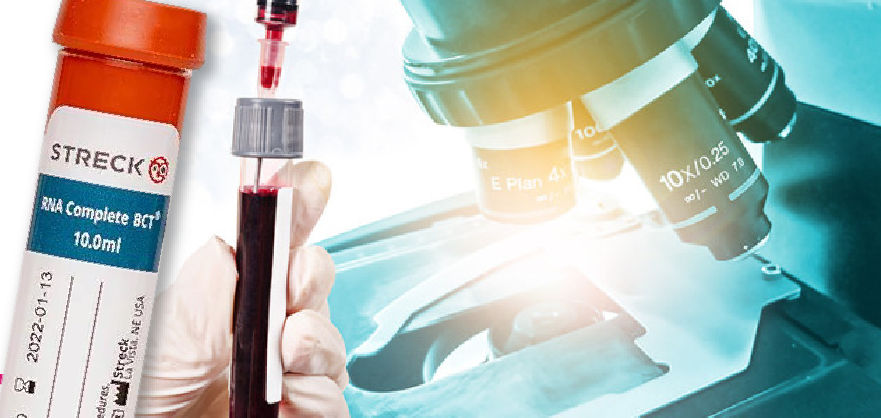IGH rearrangements, (14q32)
There are a number of stereotypical translocations involved in IGH (14q32) rearrangements associated with lymphoblastic leukemias.
In B-ALL, IGH is most notably involved in rearrangements involving the cMYC oncogene as a result of the t(8;14) translocation. However, less common rearrangements of the IGH gene are most often seen in T-ALL, but can also be found in B-ALL (0.1% of the B-neoplasms). The t(14;19)(q32;q13) translocation, associated with atypical CLL, has also been shown to occur in B-ALL and results in the juxtaposition of the IGH and BCL3 genes and subsequent over expression of BCL3. Although the clinical presentation is similar to CLL, these patients are often younger, with a stronger male predominance and the disease is reported to have a more aggressive clinical course.
In T-ALL, IGH is observed in the t(14;14)(q11;q32) translocation (or inv(14)(q11q32) rearrangement) and is found in T-cell leukaemia associated with ataxia-telangiectasia (AT). However, some reports have indicated that this abnormality also occurs in B-ALL. More recently, a report suggested the involvement of IGH in a novel cryptic translocation in paediatric T-ALL, which also involved TLX3 (HOX11L2) or NKX2-5 (CSX) on 5q35 brought about by a t(5;14)(q35;q32) translocation.
In CLL, around 20% of cytogenetically abnormal CLL patients have a detectable 14q+ marker chromosome. The markers are derived from reciprocal translocations involving a number of fusion partners from different chromosomes that fuse with the IGH gene at 14q32. Involvement of chromosomes 1, 2, 5, 6, 7, 8, 9, 11, 12, 13, 14, 17, 18, 19 and 22 has been described.
References
- Reindl L, et al. (2010) Br J Haematol. 151(1):25-36
- Klein U, et al. (2010) Semin Cancer Biol. 20(6):377-83


